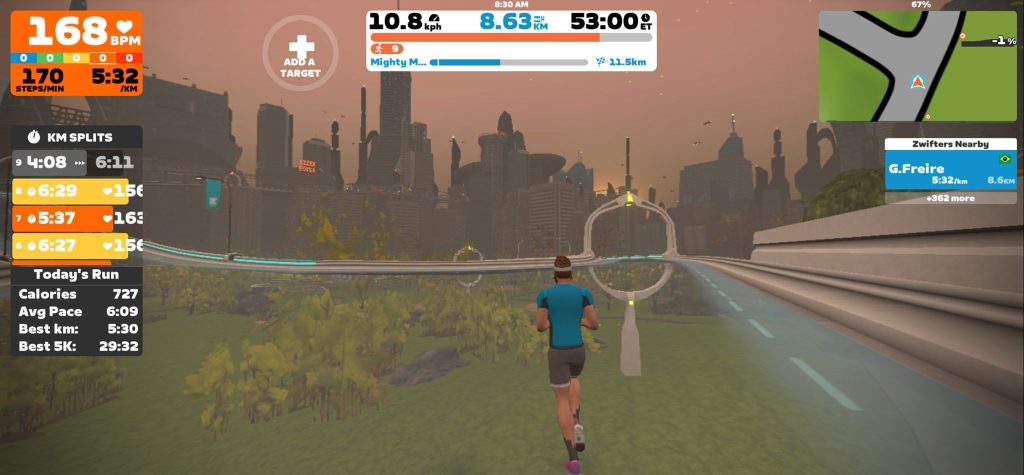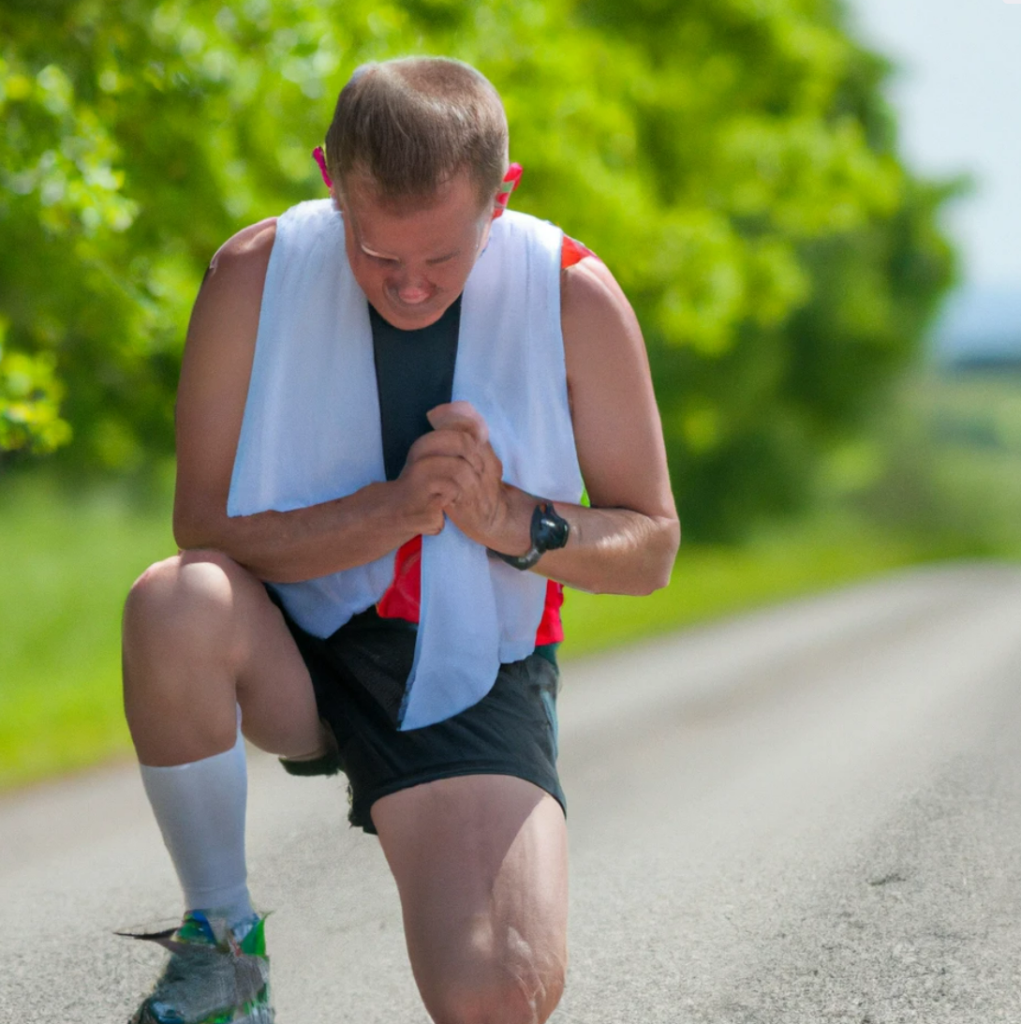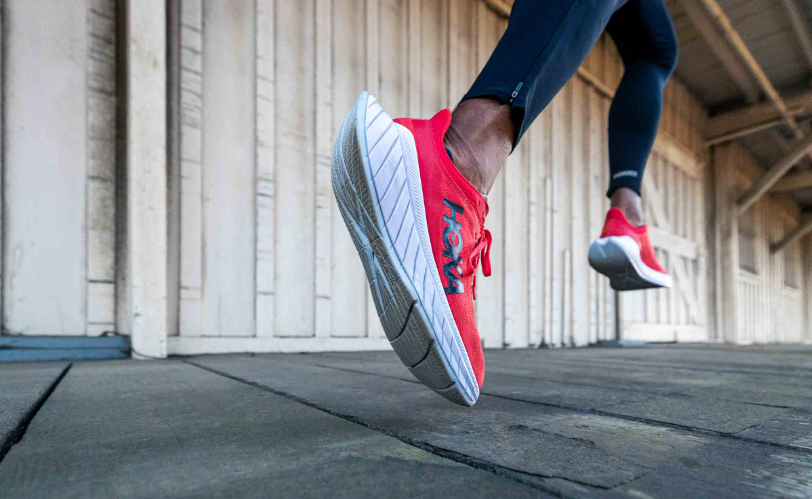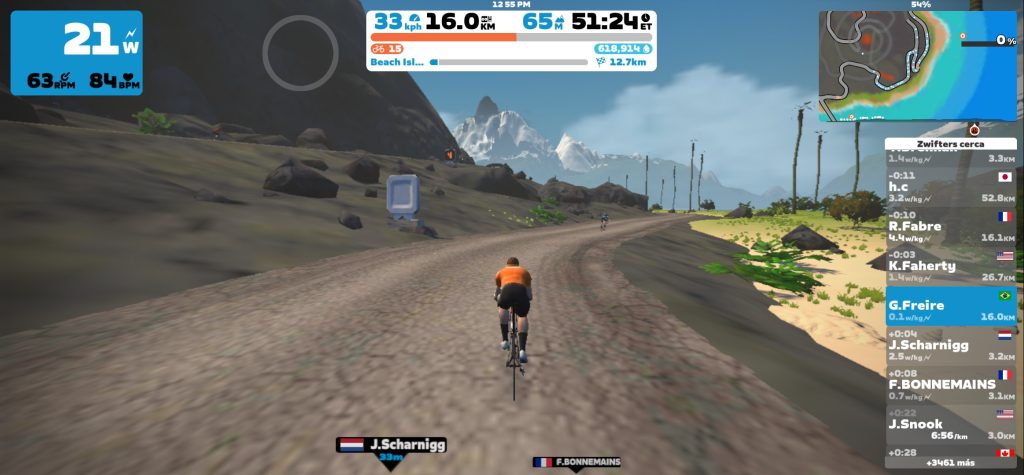Cross-training with a gravel bike can be an excellent way for runners to enhance their fitness while reducing the risk of overuse injuries.
1. Benefits of Gravel Biking for Runners
Gravel biking stands out as a superb cross-training option for runners, offering a comprehensive aerobic workout that complements running. It engages different muscle groups, particularly the lower back, arms, and core, which are less emphasized in running. This variety in muscle usage not only enhances overall muscular balance and strength but also helps prevent the common overuse injuries runners face by diversifying the stress placed on the body.
Moreover, gravel biking is a low-impact activity compared to running, which involves significant pounding on the joints. By incorporating gravel bike sessions into their training, runners can maintain their cardiovascular fitness while giving their joints a necessary break. This cross-training method is particularly beneficial during recovery periods, helping maintain endurance and stamina without the risk of exacerbating injuries or fatigue.
2. Essential Gravel Biking Gear for Runners
For runners venturing into gravel biking, choosing the right gear is crucial for both performance and safety. The cornerstone of this gear is the gravel bike itself, which features wider tires and a robust frame to handle varied terrain. Additionally, a properly fitted helmet, gloves, and padded cycling shorts are essential to enhance comfort and protect against common cycling injuries.
Some good example for gravel bike with a good price quality could be this KABON Gravel Bike on amazon , it’s pretty cheap and good quality
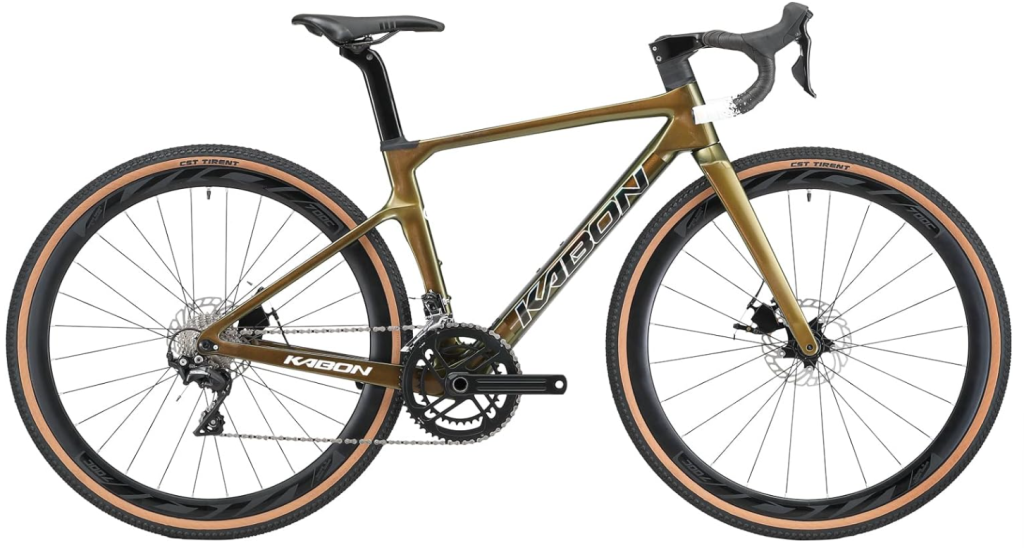
Beyond the basics, runners should consider investing in cycling-specific shoes that can improve pedaling efficiency and clipless pedals for a secure foot-to-bike connection. Proper eyewear to protect against debris and UV rays, along with a high-quality, breathable jersey, will ensure comfort during long rides. These pieces of equipment not only increase safety and efficiency but also enhance the overall gravel biking experience.
3. Gravel Biking Techniques and Skills
Gravel biking requires a set of skills that can be beneficial for runners looking to improve their athletic abilities. Mastering bike handling on loose or uneven surfaces, such as gravel or dirt, is crucial. This includes learning how to control the bike during descents and sharp turns, which enhances balance and reflexes—skills that are transferable to trail running and other sports.
Effective braking techniques are also vital for safe gravel biking. Runners can benefit from understanding how to use both front and rear brakes properly to manage speed without skidding. Additionally, developing the ability to anticipate terrain changes and adjust riding posture accordingly will help maintain momentum and efficiency on longer rides, which is a valuable skill for pacing during races.
4. Integrating Gravel Biking into Running Training Plans
Integrating gravel biking into a running regimen can provide a refreshing change while boosting overall fitness. For example, a runner could replace one or two short recovery runs each week with a moderate gravel bike ride. This approach reduces the impact on the body while still contributing to aerobic fitness and can be particularly useful during higher mileage weeks or when recovering from a race.
Gravel biking can also serve as an effective active recovery tool. After a strenuous run, a light, low-intensity bike ride can help increase blood flow to the muscles, facilitating quicker recovery and reducing soreness. By scheduling gravel bike rides strategically, runners can maintain a high level of overall fitness and readiness without overloading their systems, leading to better performances and fewer injuries.

